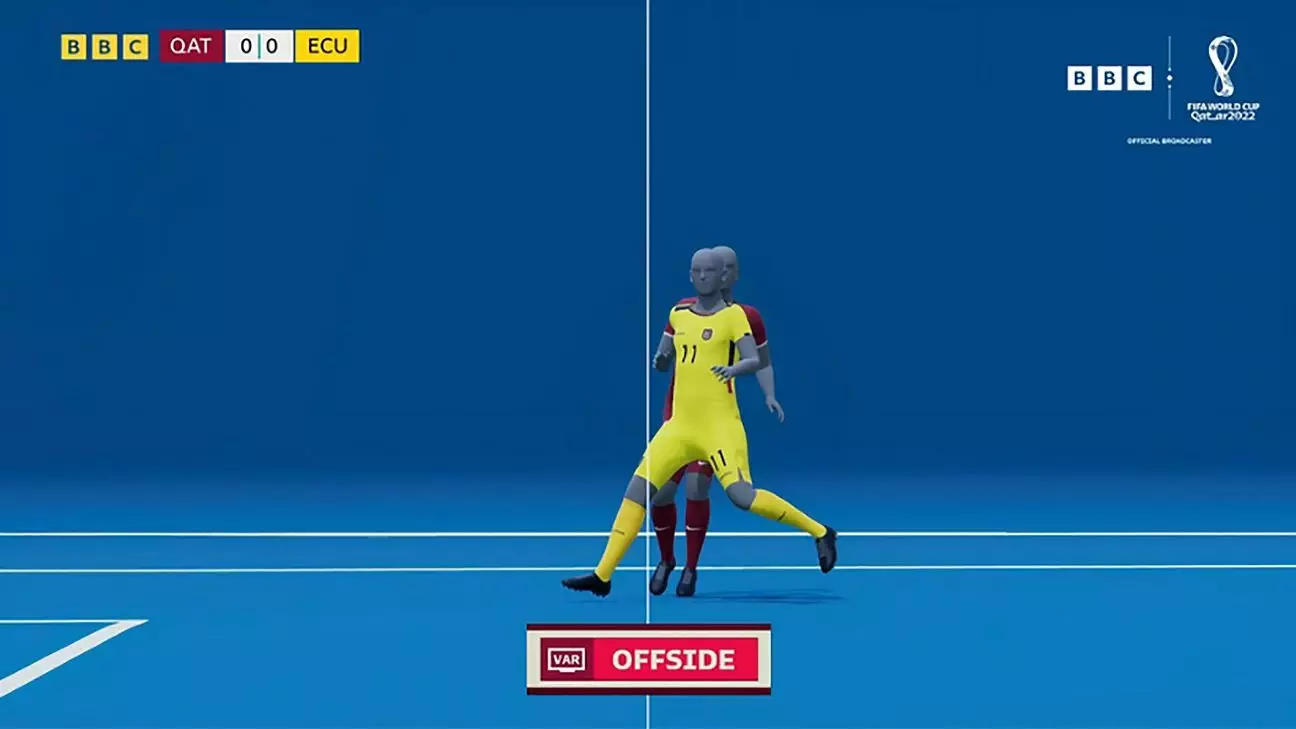The Premier League has announced that it will be introducing semi-automated offside technology (SAOT) for the 2024-25 season. This initiative aims to streamline the offside decision-making process by leveraging artificial intelligence and optical player tracking. The goal is to enhance the accuracy and efficiency of offside calls, providing a better experience for fans, players, and officials alike.
The current offside technology used in football has faced criticism for its inconsistencies, delays, and lack of confidence among stakeholders. High-profile errors, such as incorrect goal disallowances and missed offside calls, have shaken the trust in the system. The reliance on TV camera frame rates and manual intervention by VAR officials has led to prolonged decision-making processes that frustrate fans and players.
SAOT operates by utilizing a network of 10 bespoke cameras installed in Premier League stadiums to track players and the ball in real-time. These cameras record 29 data points on players’ limbs and extremities, allowing the system to pinpoint their exact positions on the field. The AI-driven technology swiftly detects potential offside situations and alerts the VAR for validation. By automating key aspects of the offside process, SAOT aims to reduce the time taken for VAR reviews by 31 seconds on average.
The implementation of SAOT introduces a new level of precision to offside calls, eliminating the “benefit of the doubt” tolerance seen in current offside technology. This could lead to more offside goals being correctly ruled out, as the system can accurately determine the point on a player’s arm where they are considered offside. The move towards marginal offside decisions may spark debates among fans and pundits, as the technology aims to eradicate subjectivity from the process.
To improve fan engagement and understanding of offside decisions, SAOT incorporates 3D animations that visually demonstrate the offside position of players. These animations will be displayed in stadiums and on television broadcasts, providing viewers with a clear perspective on offside calls. By simplifying the visualization of offside incidents, SAOT aims to reduce confusion and increase transparency in decision-making.
The introduction of semi-automated offside technology marks a significant advancement in the evolution of officiating in football. By leveraging AI and advanced tracking systems, SAOT promises to revolutionize the way offside calls are made, enhancing accuracy and efficiency in the process. While there may be initial challenges and adjustments to the new technology, the long-term benefits of SAOT are expected to reshape the landscape of offside decision-making in football. As the Premier League prepares to implement SAOT in the upcoming season, stakeholders across the footballing world eagerly await the impact of this game-changing technology.

Leave a Reply